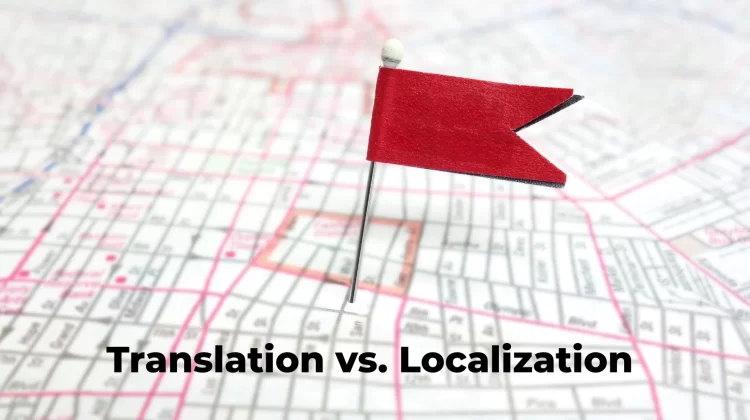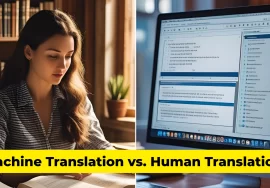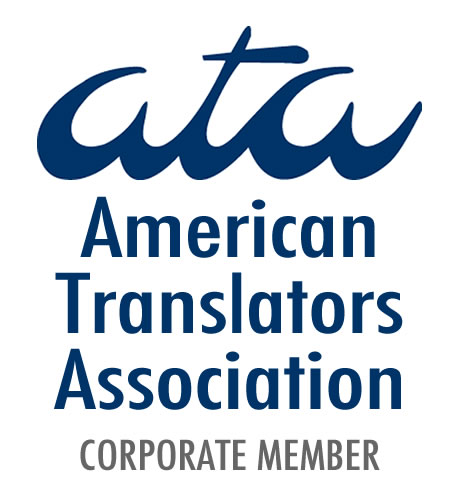
Translation vs. Localization Explained: Understanding the Key Differences and When to Choose Localization Services
In today’s interconnected world, businesses are constantly looking to expand into new markets and reach a broader audience. One of the most important steps in this process is understanding the nuances of communication across different cultures. But when it comes to adapting your content for a global audience, should you choose translation or localization services? This article will break down the key differences between translation and localization, explain why both are essential for businesses looking to expand, and guide you on when to choose localization services for your content.
What is Translation?
At its core, translation refers to the process of converting written or spoken content from one language to another. It focuses primarily on transferring the exact meaning of words and sentences from the source language into the target language. A skilled translator will ensure that the message is conveyed accurately while preserving the tone, style, and context of the original text.
Translation is often used in contexts where the message must remain as close to the original as possible. For instance, technical documents, scientific papers, academic articles, or legal contracts may require straightforward translation without major modifications. This ensures that the intended meaning is preserved and that no critical details are lost in the process.
In simpler terms, translation is about understanding words in different languages and converting them into something intelligible for speakers of another language. It involves focusing on the accuracy of grammar, vocabulary, and sentence structure, which is essential in industries like healthcare, law, and academia.
What is Localization?
Localization, on the other hand, is a more comprehensive process that goes beyond just translating words. It’s about adapting content to meet the cultural, linguistic, and technical expectations of the target audience. Localization involves making sure that everything about the content feels natural and culturally relevant to the new audience.
For example, let’s consider a company that is trying to launch a product in a foreign market. Localization not only involves translating the product descriptions, but it also takes into account cultural sensitivities, local customs, colors, and even the design of the website. This means that the layout might need to be adjusted to accommodate different text lengths, or the colors of the website may be altered to align with the local cultural norms.
Localization is particularly important for marketing content, websites, mobile apps, and any form of communication that involves engaging with customers in different countries. A localized website or advertisement should feel like it was created specifically for that market—not just something that has been translated. This ensures that the message resonates with the audience, builds trust, and improves the overall customer experience.
Translation vs. Localization: Key Differences
While translation and localization are closely related, they serve different purposes. Here’s a breakdown of the key differences:
Purpose
- Translation is about transferring the meaning of words from one language to another.
- Localization is about adapting the content to ensure it is culturally appropriate and resonates with a specific audience.
Scope
- Translation focuses on words, sentences, and structure.
- Localization involves everything from text and images to colors, currency, time zones, and more.
Target Audience
- Translation typically targets speakers of a specific language.
- Localization targets a specific cultural or regional audience and ensures that the content is relatable to that group.
Technical Aspects
- Translation doesn’t usually need to account for things like formatting, visuals, or user interface design.
- Localization often requires adjusting images, videos, user interface elements, and technical features like measurement units or payment options.
When to Choose Translation Services
There are specific instances where translation services are the best choice. When your content is informational, academic, or technical in nature, translation is typically sufficient. Here are a few examples:
- Legal Documents: Legal contracts, terms and conditions, and agreements often require precise wording. In this case, accurate translation is critical, and a localized approach may not be necessary.
- Instructional Materials: Technical manuals or user guides that need to be understood clearly by a global audience can be translated word-for-word to preserve the original meaning.
- Academic Papers: For scholarly work, it’s important to maintain the integrity of the content. Translating academic research without altering the structure or context ensures that the message remains intact.
In these instances, translation ensures that the intended message is conveyed accurately without any distractions from cultural adaptation.
When to Choose Localization Services
Localization services are crucial when your goal is to connect with a specific audience, provide an exceptional customer experience, or adapt your content for a different cultural setting. Here are some situations where localization is a must:
- Website Localization: If you’re expanding your business into a foreign market and want your website to appeal to local customers, localization is essential. This involves not just translating your content but also modifying elements like currency, date formats, and user interface design to fit local preferences.
- Marketing Campaigns: Whether you’re launching an advertising campaign or creating promotional materials, localization ensures that your message speaks directly to the audience’s cultural values and interests. Simply translating a slogan might result in awkward phrasing or a message that doesn’t resonate.
- Mobile Apps and Software: When you release a mobile app in multiple regions, localization makes sure that it runs smoothly in different languages. This includes everything from adjusting the user interface to changing features based on local regulations or consumer habits.
- Product Launches: If your company is launching a new product in a foreign market, localization is crucial for adapting marketing content, product descriptions, and packaging to meet local preferences and norms.
- Customer Support and Help Desks: Offering localized customer service or support documentation ensures that clients receive assistance in a way that feels familiar and respectful of their cultural context.
Localization is particularly valuable in consumer-facing content, where success often depends on how well a product or message resonates with local customers.
Why Translation and Localization Matter for Global Business Growth
When businesses go global, they often face the challenge of communicating with audiences who speak different languages and come from different cultural backgrounds. This is where translation and localization play a pivotal role.
Accurate translation allows businesses to ensure that their messaging is clear and understandable, while localization ensures that the content is culturally relevant and engaging. Together, these services enable businesses to communicate more effectively, build stronger relationships with customers, and increase brand loyalty.
For companies looking to expand internationally, the benefits of translation and localization include:
- Enhanced Customer Engagement: By providing localized content, businesses can ensure that their customers feel understood and valued. This fosters loyalty and encourages repeat business.
- Improved Brand Perception: Businesses that take the time to localize their content demonstrate cultural sensitivity and a commitment to meeting the needs of their international audience.
- Broader Market Reach: Translation and localization open doors to new markets by making your content accessible and appealing to a wide range of customers.
- Competitive Advantage: Offering a localized experience can set your business apart from competitors who may only offer translated content without taking cultural considerations into account.
Translation vs. Localization: Which One is Right for Your Business?
Choosing between translation and localization depends on the goals of your business and the content you are working with. If your content is meant for a general audience and doesn’t require cultural adaptation, translation is likely the best choice. However, if you are looking to connect with a specific market or region, localization is essential for ensuring that your message resonates deeply with the local culture.
Understanding the differences between translation and localization and knowing when to choose each service is crucial for any business looking to grow globally. By combining both translation and localization services, you can ensure that your content is not only accurate but also culturally relevant, making it more impactful and effective.
Whether you’re launching a product, entering a new market, or building relationships with international customers, translation and localization are indispensable tools that can help your business succeed in a globalized world.











